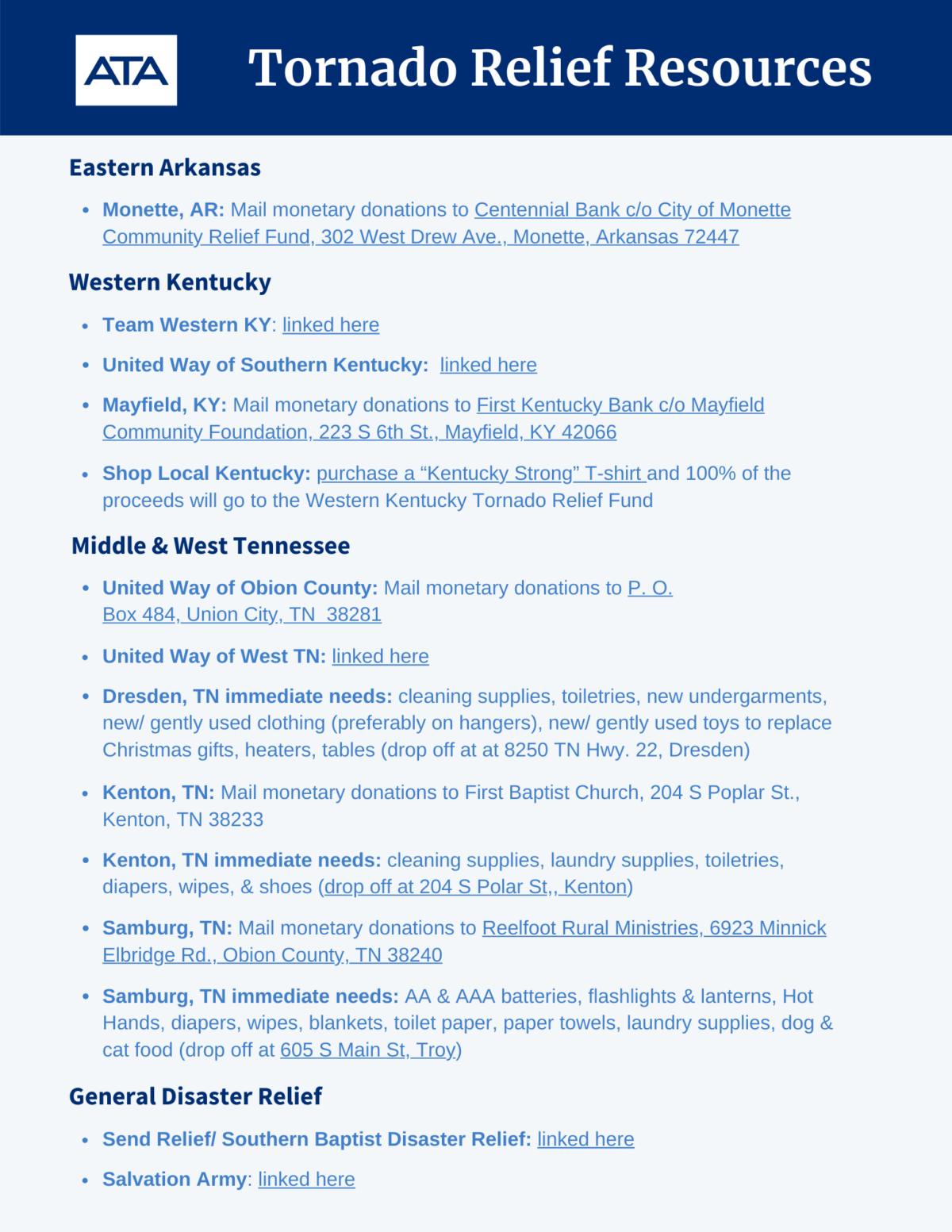By Malcolm E. “Mac” Neel III, CPA, CFE | Forensic-Litigation Practice Leader
Executive Summary
In today’s fast-paced business environment, internal risks can be as damaging as external threats, yet they are often overlooked. Two essential but often underutilized insurance protections are Employee Theft and Dishonesty Insurance and Extra Expense Coverage. These policies help businesses recover from internal fraud, embezzlement, and associated investigative costs. This article outlines why these coverages matter, what they include, and how they can provide critical financial protection for organizations of all sizes.
Key Highlights
- Internal fraud poses a significant risk, costing organizations an estimated 5% of their annual revenue, according to the Association of Certified Fraud Examiners.
- No business is immune — even trusted, long-time employees may act dishonestly under personal or financial pressure.
- Coverage is affordable: A $100,000 policy typically costs between $600 and $750 per year.
- Extra Expense Coverage pays for legal and investigative costs related to financial misconduct, providing an added layer of protection.
- Work with a trusted advisor to determine the appropriate level of coverage for your business.
Protecting Against Internal Risks Via Employee Theft and Dishonesty Coverage
Employee Theft and Dishonesty Insurance, also known as fidelity bond or commercial crime insurance, provides crucial protection against financial losses. This coverage safeguards businesses from financial loss due to fraudulent or dishonest acts committed by employees, including theft of money, securities, property, embezzlement, forgery, and fraud. A well-structured insurance policy offers peace of mind and a financial safety net. Again, recent research indicates that $100,000 in coverage typically costs between $600 and $750 per year. The level of coverage your business ideally should have in place is best determined by consultation with your insurance agent or advisor.
Extra Expense Coverage
This policy covers investigative and legal costs resulting from internal financial crimes, such as embezzlement or misappropriation of funds. It complements employee theft coverage and is also relatively inexpensive given the level of protection it offers.
True Story-Sad Story
Thirty years ago, when I was a young staff accountant performing a review for a client, I noticed a few odd items of documentation provided to us which led to more questions. Secondly, the bookkeeper, in answering our standard inquiries, provided responses which were thoroughly illogical and made absolutely no sense. We made further inquiry of the owner and president of the business, providing him the documents we were given, and he asked us to dig a bit deeper into the matter.
After gathering additional information, we noticed more inconsistencies and documentation which appeared to have been altered and checks which appeared to be signed by someone forging the owner’s name. In summary, the secretary-bookkeeper had embezzled approximately $190,000. The business had no Employee Theft and Dishonesty Coverage, and the company filed for bankruptcy as it was unable to meet its obligations. Had adequate coverage been in place, the company would have been made whole.
Schedule a Consultation
If you’re unsure whether your business is adequately protected against internal risks, our team can help you evaluate your insurance strategy and recommend next steps. Let’s make sure you have the safeguards in place to protect what you’ve built. Schedule a 30-minute complimentary consultation with me by filling out our contact form.


